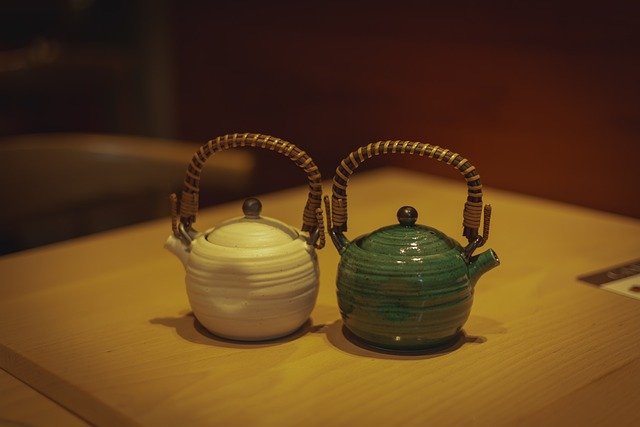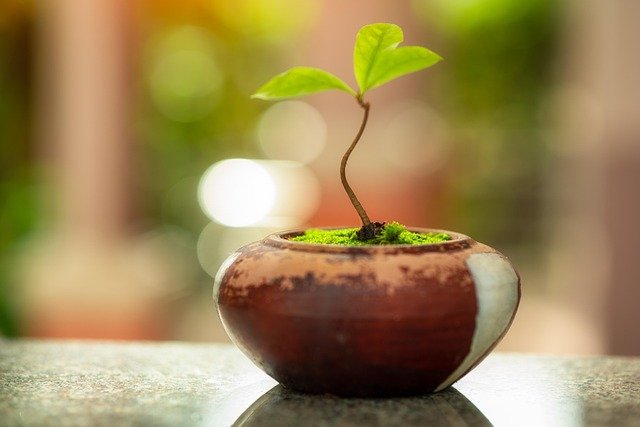Explore the timeless beauty and craftsmanship of Japanese pottery and ceramics. Learn about the history, techniques, and different styles that make Japanese ceramics a global treasure.
Introduction:
Japanese pottery and ceramics hold a special place in the world of art, celebrated for their beauty, craftsmanship, and historical significance. The enduring art of Japanese ceramics has evolved over centuries, deeply rooted in Japanese culture and spirituality. From rustic, earthy pottery to finely crafted porcelain, Japanese ceramics are not only functional but also serve as exquisite works of art. This blog delves into the history, techniques, and types of Japanese pottery, highlighting its influence on the global art scene.

1. The History and Evolution of Japanese Pottery
Japanese pottery dates back thousands of years, with evidence of ceramic production found in prehistoric Jomon and Yayoi periods (roughly 10,000 BCE to 300 CE). Early Japanese ceramics were mostly handmade, with primitive techniques reflecting the society’s connection to nature and its daily life. Over time, the art of pottery grew more sophisticated, particularly during the Heian and Kamakura periods, when kilns and glazing techniques improved. These developments set the foundation for the wide variety of ceramic styles and techniques that would emerge throughout Japan’s history.
2. Traditional Japanese Ceramic Techniques
Japanese ceramics are known for their meticulous craftsmanship and distinctive techniques. One of the oldest and most revered methods is handbuilding, which involves molding the clay by hand without the use of a wheel. Another popular technique is wheel throwing, where the potter shapes the clay on a rotating wheel. The use of natural materials, such as clay and glazes, often gives each piece its own unique texture and finish. Glazing techniques, like the distinctive “raku” or “shino” styles, are also integral to Japanese pottery, creating stunning visual effects.

3. The Beauty of Japanese Tea Ceramics
One of the most important aspects of Japanese ceramics is its connection to the Japanese tea ceremony, known as “chanoyu.” Tea bowls, teapots, and other utensils crafted for this ritual are valued not only for their functionality but also for their aesthetic qualities. The wabi-sabi philosophy, which emphasizes the beauty of imperfection, plays a key role in the design of tea ceramics. Ceramicists create these pieces with a focus on simplicity, asymmetry, and natural textures, making each piece an embodiment of the tea ceremony’s spirit of mindfulness and appreciation for fleeting beauty.
4. Famous Styles and Regions of Japanese Pottery
Throughout Japan, specific regions have developed their own signature ceramic styles, each with its distinct techniques and characteristics. Some of the most famous pottery styles include:
- Imari Ware from Arita: Known for its colorful, intricate patterns and blue-and-white porcelain.
- Bizen Ware from Bizen: Characterized by earthy tones and a rough, unglazed texture, this style is one of Japan’s oldest.
- Kyo Ware from Kyoto: Famed for its delicate and refined porcelain, often with detailed patterns and a smooth finish.
Each of these styles reflects the unique history and environment of its region, contributing to Japan’s rich ceramic tradition.

5. The Global Influence of Japanese Ceramics
Over the years, Japanese pottery and ceramics have garnered international acclaim for their beauty, craftsmanship, and philosophy. Western artists and collectors have long admired the simplicity and elegance of Japanese ceramics, often finding inspiration in the minimalist aesthetics of traditional pieces. Exhibitions around the world showcase Japanese pottery, allowing new generations to appreciate its timeless appeal. The enduring influence of Japanese ceramics can be seen in contemporary art and design, with modern potters and artists incorporating traditional techniques into new forms of expression.
Conclusion:
The art of Japanese pottery and ceramics continues to captivate and inspire people around the world. With a history that spans thousands of years, each piece tells a story of craftsmanship, culture, and philosophy. Whether in the context of the tea ceremony or as a standalone work of art, Japanese ceramics embody an aesthetic that values imperfection, simplicity, and natural beauty. As a living tradition, Japanese pottery continues to evolve while retaining its deep cultural roots, ensuring its place as one of the world’s most enduring and revered art forms.












